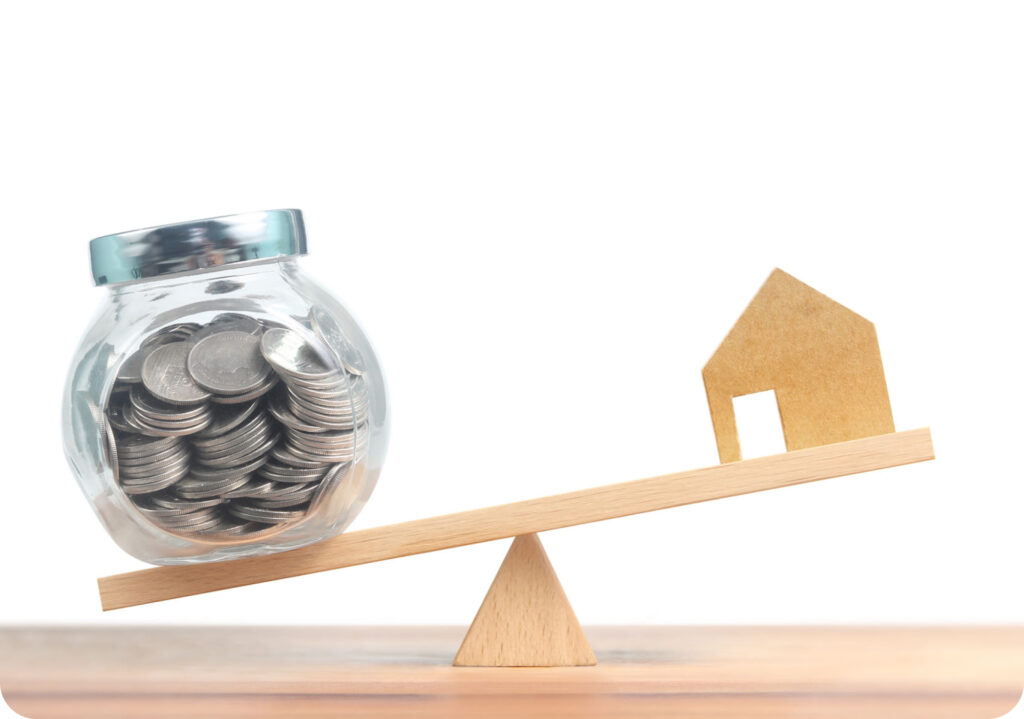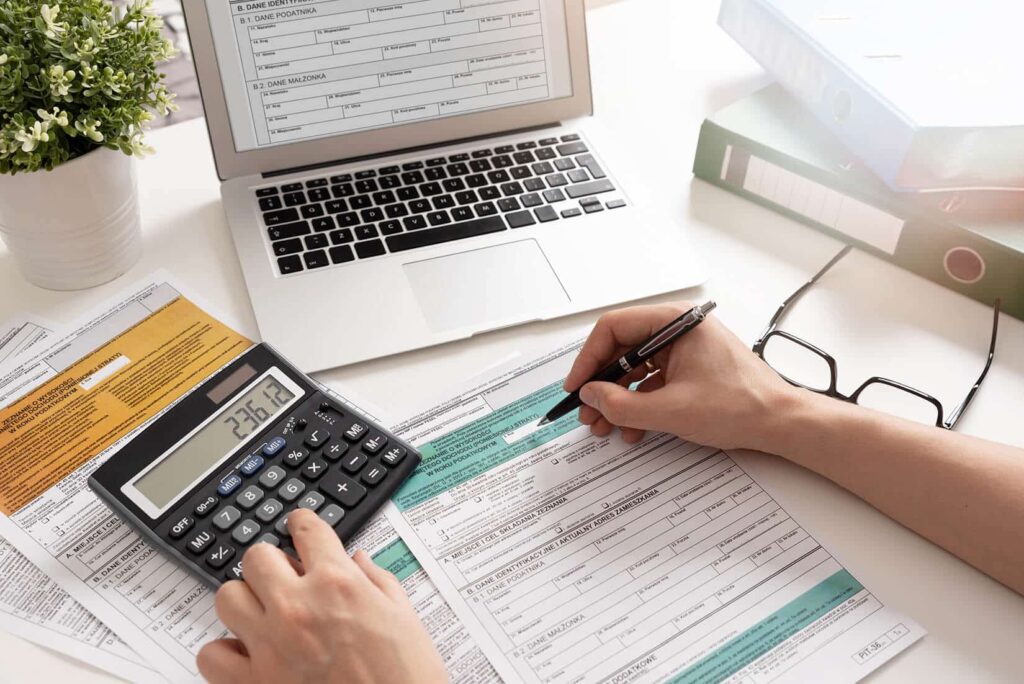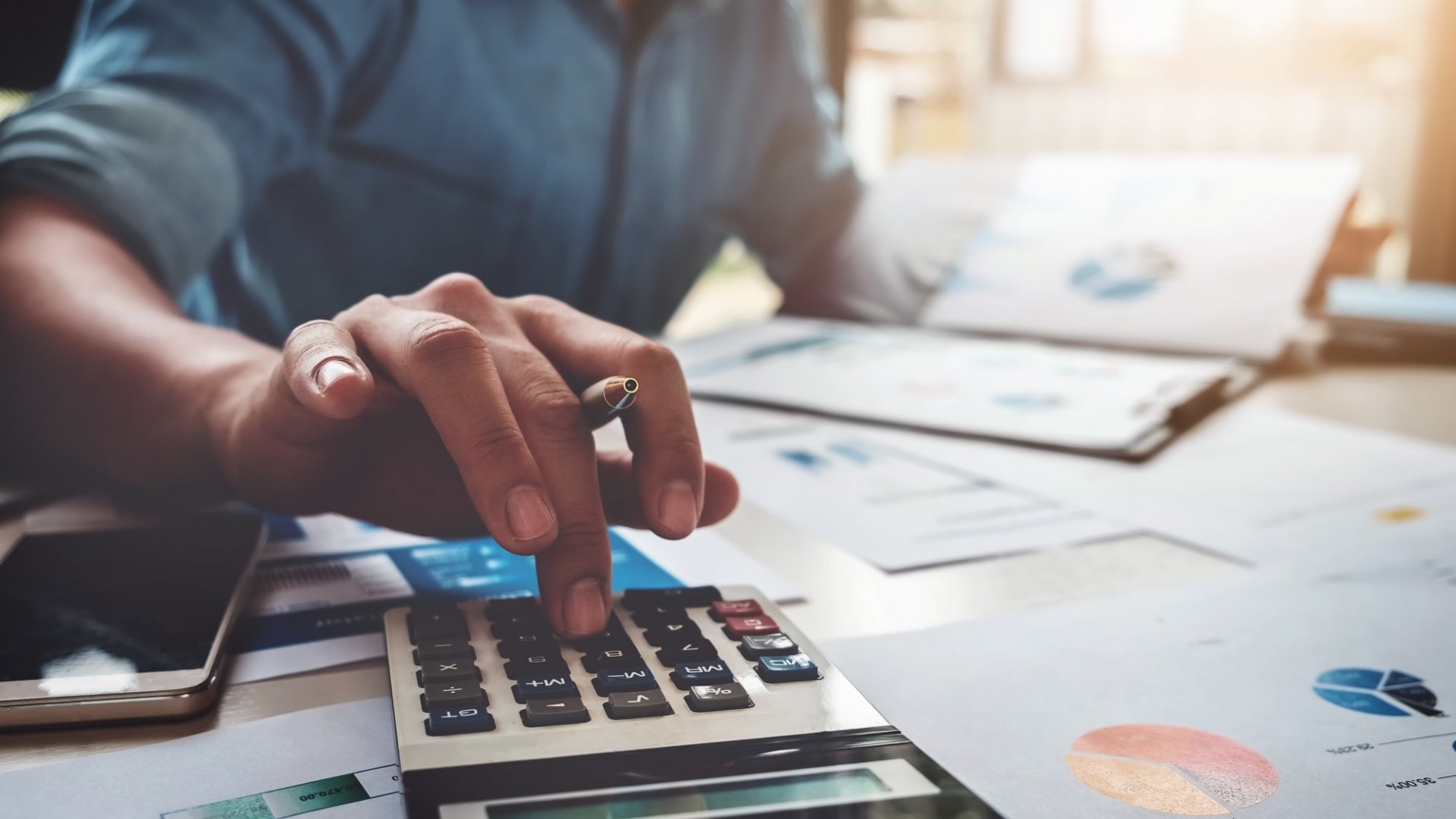In today’s society, the pursuit of wealth and financial success has become a common goal for many individuals. However, achieving true wealth requires more than just earning a high income and saving diligently. It involves understanding the basics of wealth building and implementing strategies that can accelerate your journey towards financial independence. One such strategy that has gained popularity in recent years is debt recycling.
Understanding the Basics of Wealth Building
Before delving into the intricacies of debt recycling, debt recycling strategy crucial to define what wealth and financial success actually mean. Wealth is not just about the amount of money in your bank account; it encompasses a holistic approach to managing your finances and achieving your life goals. Financial success, on the other hand, is the result of effective wealth building strategies that allow you to achieve long-term financial stability.
There are several key principles that underpin the concept of wealth building. Firstly, it’s important to establish clear financial goals and create a realistic plan to achieve them. This involves understanding your current financial situation, including your income, expenses, assets, and liabilities. By assessing your financial health, you can identify areas for improvement and set achievable targets.
One aspect of wealth building that is often overlooked is the importance of financial education. Building wealth requires knowledge and understanding of various financial concepts, such as budgeting, investing, and risk management. By continuously educating yourself about personal finance, you can make informed decisions and avoid common pitfalls that can hinder your wealth-building journey.

Another principle of wealth building is the power of compounding. By saving and investing your money wisely, you can benefit from the exponential growth of your wealth over time. This requires discipline and patience, as compounding takes time to produce significant results. However, the earlier you start, the greater the impact compounding will have on your overall wealth.
In addition to compounding, diversification is another crucial aspect of wealth building. Spreading your investments across different asset classes, such as stocks, bonds, and real estate, can help mitigate risks and maximize returns. Diversification allows you to take advantage of various market conditions and reduce the impact of any single investment performing poorly.
Furthermore, wealth building is not just about accumulating money; it’s also about managing and protecting your assets. This involves having a comprehensive estate plan in place, including wills, trusts, and insurance policies. By safeguarding your assets, you can ensure that they are passed on to future generations and contribute to your family’s long-term financial well-being.
Lastly, wealth building is a journey that requires perseverance and adaptability. Financial markets and economic conditions are constantly changing, and it’s important to adjust your strategies accordingly. This may involve seeking professional advice from financial advisors or attending seminars and workshops to stay updated on the latest trends and opportunities in the wealth-building landscape.
In conclusion, wealth building is a multifaceted process that goes beyond simply accumulating money. It involves setting clear goals, educating yourself about personal finance, harnessing the power of compounding, diversifying your investments, managing and protecting your assets, and staying adaptable in an ever-changing financial landscape. By following these principles, you can pave the way for long-term financial success and achieve your desired level of wealth.
The Concept of Debt Recycling
Now that we have covered the basics of wealth building, let’s explore the concept of debt recycling and its role in accelerating your journey towards financial independence. So, what exactly is debt recycling?
Debt recycling is a financial strategy that involves using the equity in your home to invest in income-producing assets. It allows you to leverage your existing assets to generate additional income and potentially increase your overall wealth. Unlike traditional debt, such as credit card debt or personal loans, where the interest is not tax-deductible, the interest on debt used for investment purposes may be tax-deductible.
Debt recycling can be a powerful tool for wealth creation because it allows you to make your money work harder for you. By using the equity in your home to invest in income-producing assets, you can potentially earn a higher return on your investment than the interest rate on your home loan. This means that you can effectively use other people’s money to grow your wealth.
What is Debt Recycling?
Debt recycling is a financial strategy that involves using the equity in your home to invest in income-producing assets. It allows you to leverage your existing assets to generate additional income and potentially increase your overall wealth. Unlike traditional debt, such as credit card debt or personal loans, where the interest is not tax-deductible, the interest on debt used for investment purposes may be tax-deductible.
Debt recycling can be a powerful tool for wealth creation because it allows you to make your money work harder for you. By using the equity in your home to invest in income-producing assets, you can potentially earn a higher return on your investment than the interest rate on your home loan. This means that you can effectively use other people’s money to grow your wealth.

The Mechanics of Debt Recycling
The mechanics of debt recycling involve three key steps. Firstly, you obtain a loan against the equity in your home, commonly known as a home equity loan or line of credit. This loan can be used as a source of funds to invest in income-producing assets, such as shares or investment properties.
Secondly, you use the income generated from these investments to reduce your non-deductible debt, such as your home loan or personal debt. By directing the income towards reducing your non-deductible debt, you effectively recycle the debt into tax-deductible debt. This can potentially reduce your overall tax liability and accelerate your wealth accumulation.
Debt recycling is not without risks, as it involves borrowing against the equity in your home and investing in potentially volatile assets. It is important to carefully consider your risk tolerance and seek professional advice before embarking on a debt recycling strategy.
Lastly, you repeat this cycle of investing the funds, generating income, and using the income to reduce non-deductible debt. This continuous process allows you to continually recycle your debt and accelerate your wealth building efforts.
By implementing a debt recycling strategy, you can potentially accelerate your wealth accumulation and achieve financial independence sooner. However, it is important to carefully consider your individual circumstances and seek professional advice to ensure that debt recycling is suitable for you.
Overall, debt recycling can be a powerful wealth-building tool when used correctly. It allows you to leverage the equity in your home to invest in income-producing assets and potentially reduce your overall tax liability. However, it is important to approach debt recycling with caution and seek professional advice to ensure that it aligns with your financial goals and risk tolerance.
The Role of Debt Recycling in Wealth Building
Debt recycling plays a crucial role in wealth building by leveraging your existing assets and creating a tax-efficient investment strategy. Let’s explore how debt recycling contributes to wealth accumulation and the potential risks and rewards involved.
How Debt Recycling Contributes to Wealth Accumulation
Debt recycling allows you to harness the power of compounding and accelerate your wealth accumulation. By investing in income-producing assets, you can generate additional income that can be reinvested or used to reduce your non-deductible debt. This creates a positive feedback loop that magnifies the impact of your investments over time.
Furthermore, debt recycling can help diversify your investment portfolio and mitigate risk. By investing in different asset classes, such as shares and property, you can spread your risk and potentially enhance your overall returns. This diversification is essential in managing risk and ensuring long-term financial stability.
Risks and Rewards of Debt Recycling
While debt recycling can offer significant benefits, it’s crucial to be aware of the potential risks involved. Any investment carries a level of risk, and it’s important to carefully consider the suitability of debt recycling based on your individual circumstances and risk tolerance.
One of the main risks of debt recycling is the potential for investment losses. Investments can fluctuate in value, and the income generated may not always cover the interest expenses associated with the debt. It’s important to consider the long-term prospects of your investments and ensure that the income generated is sustainable.
Another risk to be mindful of is the potential impact of changes in interest rates. As debt recycling involves borrowing against the equity in your home, any increase in interest rates can significantly impact your overall financial position. It’s crucial to factor in potential interest rate increases and ensure that you have a buffer to cover any adverse effects.

Integrating Debt Recycling into Your Financial Plan
Now that we have explored the role of debt recycling in wealth building, let’s discuss how you can integrate this strategy into your overall financial plan.
Assessing Your Financial Situation
Before embarking on any wealth building strategy, it’s essential to assess your financial situation thoroughly. This involves understanding your income, expenses, assets, and liabilities. By analyzing your financial health, you can identify areas for improvement and determine the most suitable approach for implementing debt recycling.
Additionally, it’s important to consider your risk appetite and long-term financial goals. Debt recycling may not be suitable for everyone, and it’s crucial to weigh the potential risks and rewards in light of your individual circumstances.
Implementing a Debt Recycling Strategy
Once you have assessed your financial situation and determined that debt recycling is a suitable strategy for you, it’s time to implement a plan. This involves obtaining a home equity loan or line of credit and carefully selecting the income-producing assets you wish to invest in.
It’s important to conduct thorough research and seek professional advice to ensure that your investments align with your long-term goals and risk tolerance. Consider diversifying your investments across different asset classes and regularly reviewing your portfolio to ensure it remains aligned with your objectives.
Monitoring and Adjusting Your Debt Recycling Strategy
As with any financial strategy, monitoring and adjusting your debt recycling plan is crucial for long-term success. Regularly reviewing your financial plan and making necessary adjustments will ensure that you stay on track to achieve your wealth building goals.
Regular Review of Your Financial Plan
It’s recommended to review your financial plan at least annually and assess the performance of your investments. This will enable you to identify any areas that require attention and make any necessary adjustments to your strategy.
Additionally, it’s advisable to stay abreast of changes in the investment landscape and economic conditions. This will help you make informed decisions and adapt your investment strategy accordingly.
Making Necessary Adjustments to Your Strategy
Based on your regular reviews and changing circumstances, you may need to make adjustments to your debt recycling strategy. This could involve rebalancing your investment portfolio or refinancing your home loan to take advantage of more favorable interest rates.
Remember that wealth building is a dynamic process, and your strategy should evolve over time to align with your changing goals and circumstances. By staying proactive and regularly monitoring your progress, you can maximize the benefits of debt recycling and accelerate your journey towards financial independence.
Related: Debt Recycling Demystified – Strategies for a Solid Financial Future
Tags: ato debt recycling, debt recycling, debt recycling australia, debt recycling example, debt recycling explained, debt recycling strategy, how does debt recycling work, is debt recycling worth it, what is debt recycling
